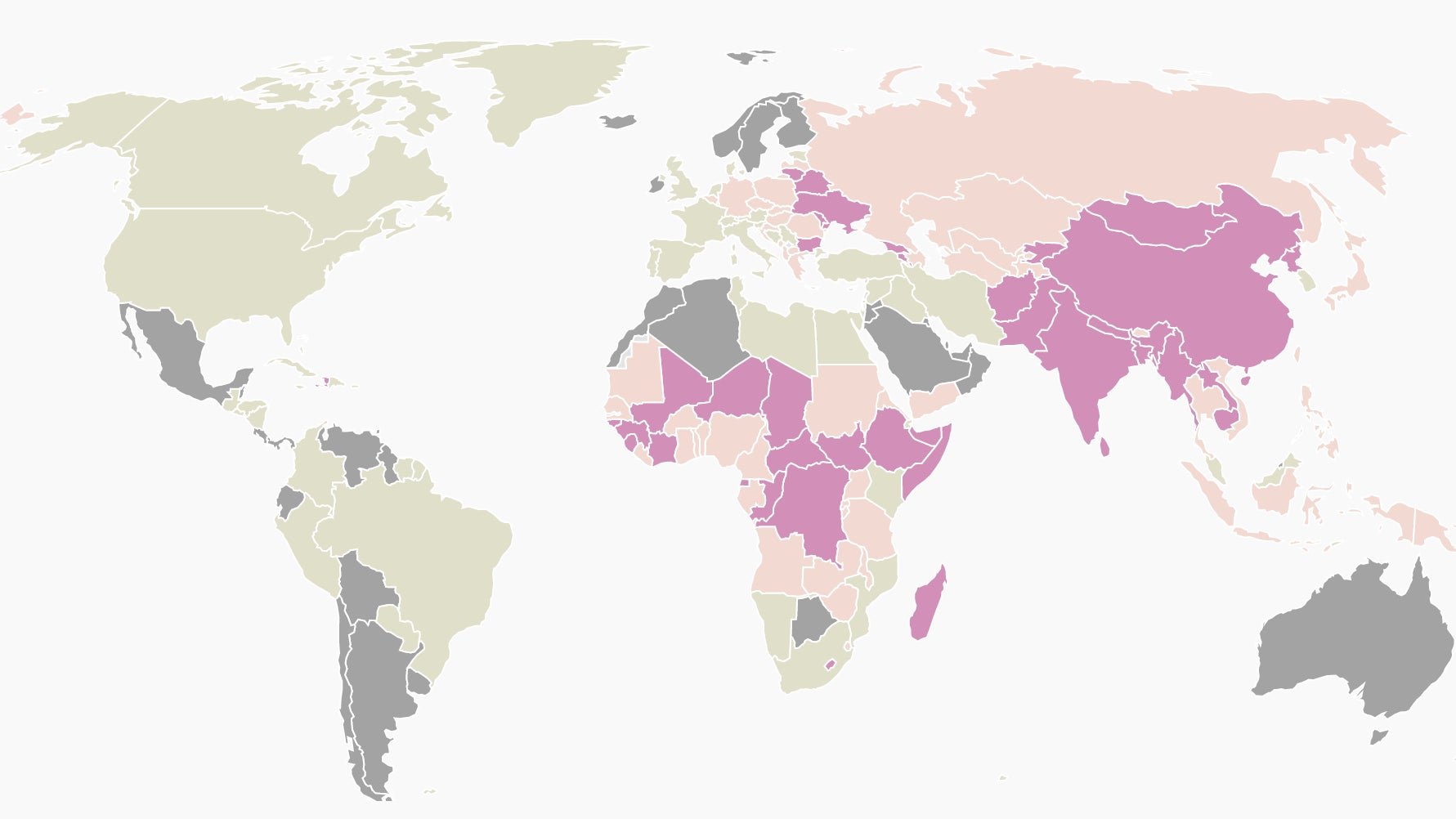These data show where air pollution is killing people
Air pollution helps kill 5.5 million people each year. That’s the conclusion of new analysis by a group of researchers from Canada, China, India, and the United States. They analyzed data from the University of Washington’s Global Burden of Diseases, Injuries, and Risk Factors Study (GBD) to parse out the effects of air pollution on global mortality rates.


Air pollution helps kill 5.5 million people each year. That’s the conclusion of new analysis by a group of researchers from Canada, China, India, and the United States. They analyzed data from the University of Washington’s Global Burden of Diseases, Injuries, and Risk Factors Study (GBD) to parse out the effects of air pollution on global mortality rates.
The GBD study combines survey data and mortality estimates from 108 countries to calculate the significance of different risk factors. The researchers looked at the most recent update, based on data for the year 2013. Among the environmental factors included, air pollution is by far the most significant.
The study includes three sources of air pollution. Ozone emissions and particulate matter are both emitted by automobiles and industrial processes. Both can cause respiratory problems or aggravate existing conditions such as lung disease and asthma. The third source is household pollution from burning wood or dung for cookfires. This is common across India, many countries in Africa, and elsewhere in the developing world.
Over half of all deaths from air pollution occur in China, with 1.6 million deaths, and India, with 1.4 million. Less than 1% of the population of those two countries live in areas with acceptable air quality, according to World Health Organization guidelines.
The researchers warn that the number of deaths is likely to increase unless significant efforts are made to reduce emissions—particularly from coal burning power plants. The world’s aging population is particularly at risk due to their greater vulnerability to heart and lung diseases. The United Nations estimates that the global percentage of people over 60 will nearly double by 2050. In China that population is expected to grow even faster, from 16.2% to 36.5% (pdf). Without intervention many of those people will have shorter lives.